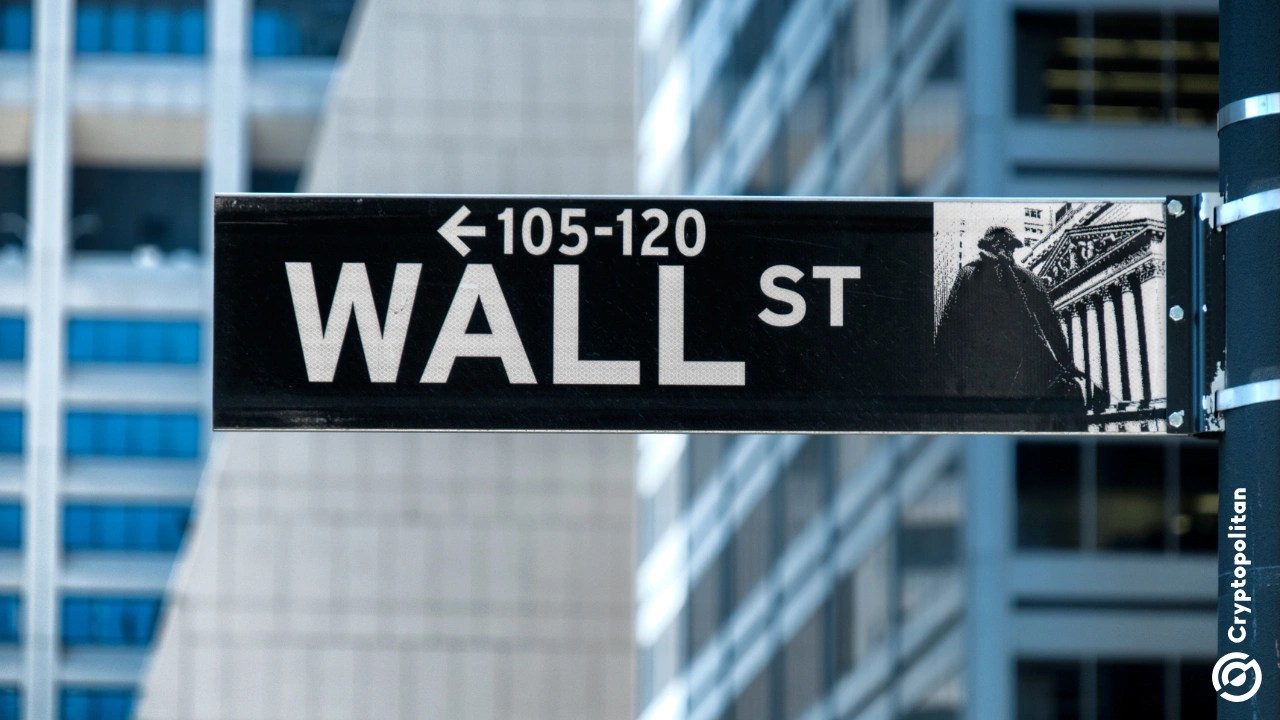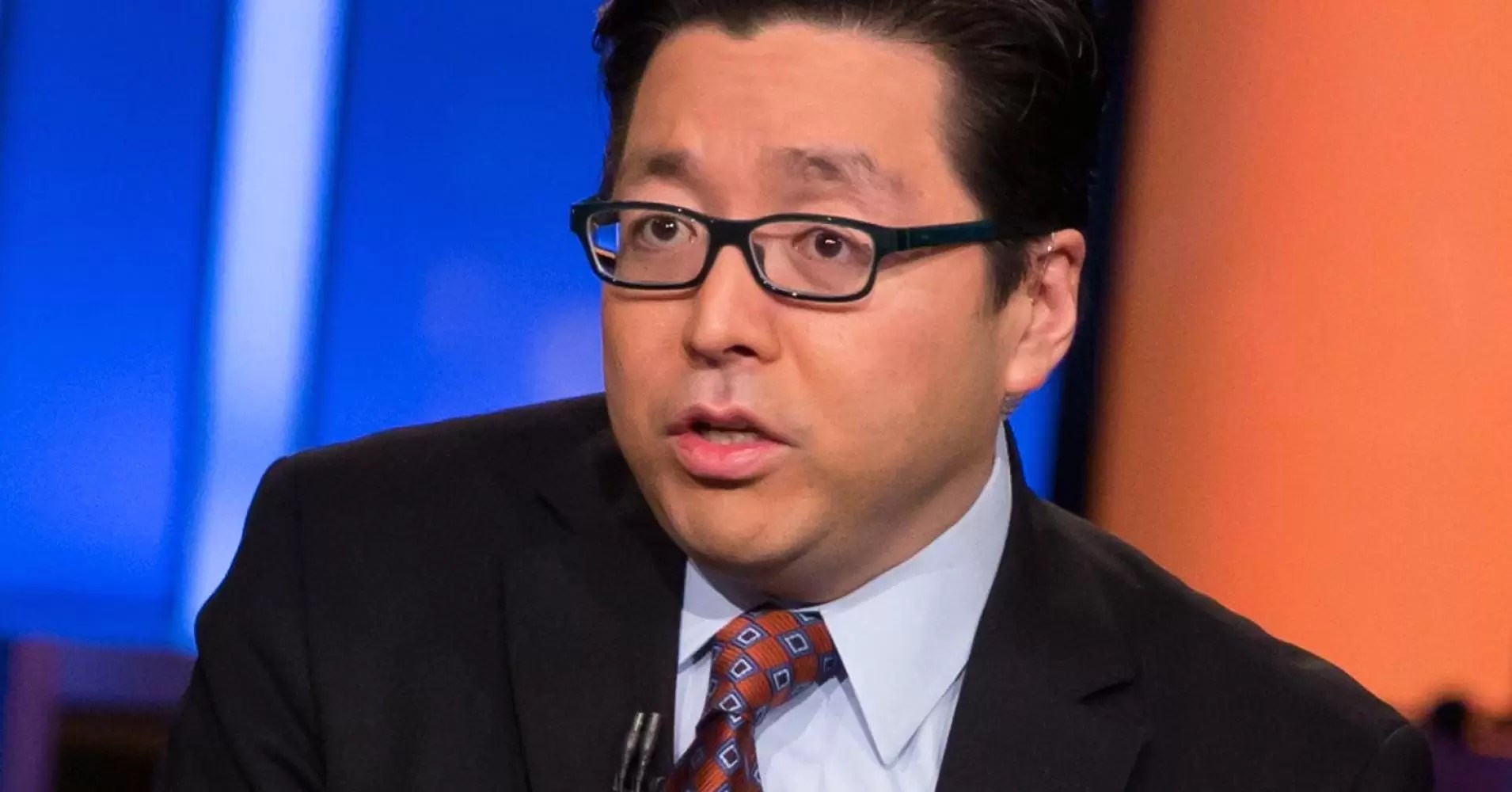Wall Street analysts have cautioned that renewed strain in US money markets could prompt the Federal Reserve to step in sooner to contain another surge in short-term borrowing costs.
This week, short-term funding rates have leveled off following jitters in late October that raised red flags within the financial system’s core operations. Just last week, the tri-party repo rate rose to levels not seen since 2020, despite the central bank’s confirmation that it will pause balance-sheet runoff on December 1. Now, tri-party repo rates have settled closer to the Fed’s rate on reserves, reflecting calmer market conditions. However, many still see the potential for renewed volatility in the weeks ahead.
Deirdre Dunn, head of rates at Wall Street bank Citigroup and chair of the Treasury Borrowing Advisory Committee, commented, “I don’t think it was a one-off anomaly of just a few days of volatility.” Analysts also suggest the central bank may have to continue asset purchases if pressures persist.
Scott Skyrm of Curvature Securities noted that markets have “normalized” for now, as banks tapped a Fed facility to ease strain. Still, he cautioned that funding pressures will likely resurface at the turn of the month and again at year-end. Echoing these concerns, Samuel Earl, a US rate strategist at Barclays, emphasized that funding conditions remain vulnerable to change.
Some analysts and policymakers believe the Fed may eventually need to resume asset purchases if the strain doesn’t subside. Lorie Logan, head of the Dallas Fed and a former market expert at the New York Fed, particularly highlighted that the central bank may need to consider asset purchases if repo rates remain elevated.
Meanwhile, Dunn advocated that the Fed consider additional solutions. He remarked, “One could argue that we’re not in an ample reserve environment anymore and these events could continue to happen. It would be prudent for the Fed to think about what other tools they have in their back pocket.”
### Analysts Warn of a Possible Credit Crunch
Some analysts have pointed to growing indicators of a potential global credit crunch, similar to the one that occurred in 2008. They argue that the central bank’s move to inject liquidity shows market strains are building.
On October 31, the Federal Reserve added an astonishing $50.35 billion into the US financial system. Henry Jennings, a senior portfolio manager at Marcus Today, said the Fed was right to intervene as liquidity had been draining from the US system and needed to be topped up. He added, “We need to keep an eye on further moves, but, for now, the market is more concerned with earnings than plumbing.”
Likewise, RBA Governor Michele Bullock said she does not expect a credit crunch, noting that it is precisely what the Fed aims to prevent. Still, some analysts remain uneasy that the Federal Reserve had to intervene at all.
The US government is still issuing Treasuries to fund its expanding fiscal gap, which analysts believe is tightening liquidity worldwide and may explain the Fed’s decision to pause balance-sheet reductions.
Analysts also believe stress in global money markets may have influenced the Fed’s decision to stop quantitative tightening (QT). However, some argue the central bank acted too late, as secured borrowing rates in the US and UK have already surged to multi-year peaks.
—
*Get seen where it counts. Advertise in Cryptopolitan Research and reach crypto’s sharpest investors and builders.*
https://bitcoinethereumnews.com/finance/wall-street-warns-money-market-stress-could-push-fed-into-rapid-intervention/



